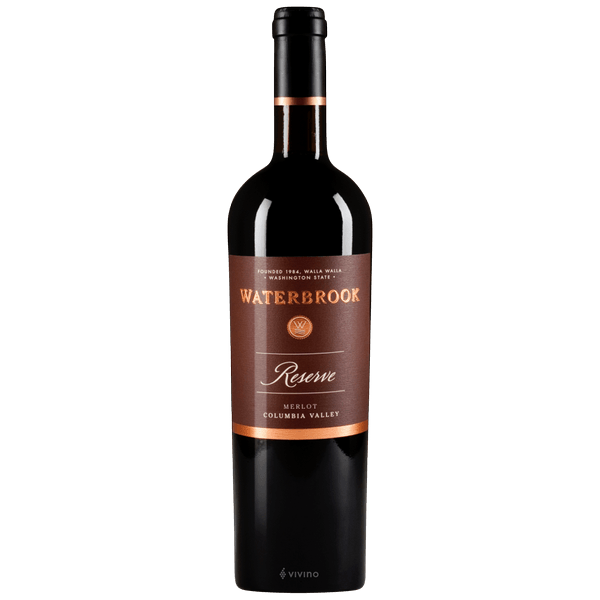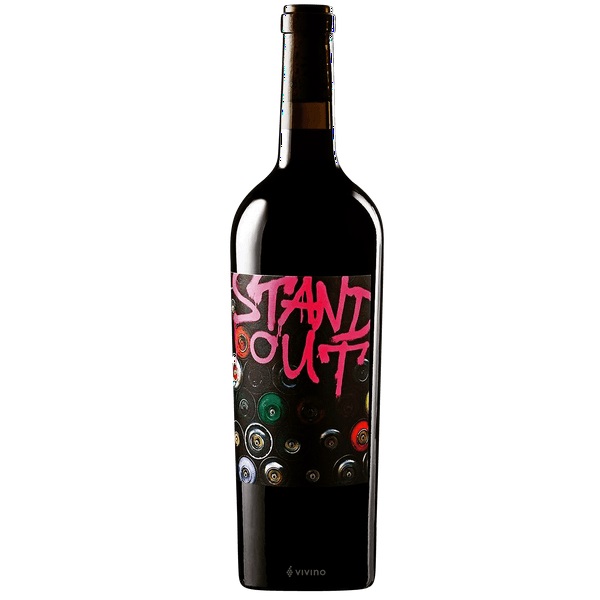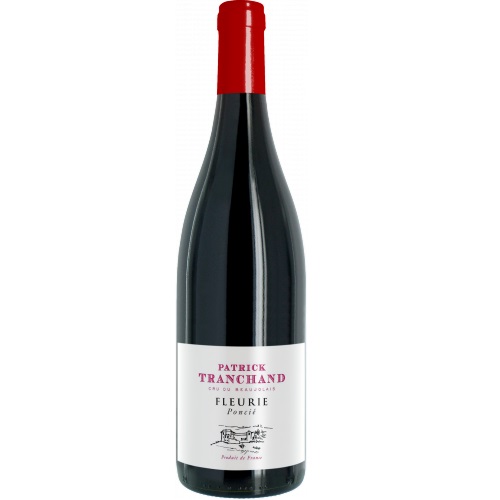2016 Waterbrook Merlot Reserve
$21.77
Out of stock
2016 Waterbrook Merlot Reserve
2016 Waterbrook Merlot Reserve Attractive plums and leafy nuances with freshness and nicely played oak influence surround this 2016 vintage. The palate has good shape and depth of plum and dark-cherry flavor.
Waterbrook
In the early 1980s, a handful of visionaries set out to realize the potential of Walla Walla as a winemaking force. Waterbrook founders set up the town’s fourth bonded winery in 1984, and in the process fostered a culture of camaraderie among fellow Walla Walla winemakers, growers and friends.
Today you’ll find a town whose rich history is matched only by its soaring success in wine. The charming town of Walla Walla has flourished, and so has Waterbrook. With a 2008-built, state-of-the-art winery, visitor center and a nearby estate vineyard, Waterbrook has created a destination for wine lovers and simultaneously helped put Walla Walla wine on the world’s stage.
Never straying from its principles to create fruit-forward, varietally correct wines, Waterbrook marked 30 years of winemaking in 2014. In that time it has earned more than 100 combined Best Buys and 90+ point scores.
Waterbrook is recognized for producing wines that exemplify our outstanding vineyards in the Walla Walla Valley and the Columbia Valley. From vineyard to bottle, every detail of production is carried out by a committed team led by winemaker John Freeman. Whether touring Washington Wine Country or opening a bottle of Waterbrook wine at home, we look forward to you experiencing “what Washington tastes like.”
Columbia Valley
A large and geographically diverse AVA capable of producing a wide variety of wine styles, the Columbia Valley AVA is home to 99% of Washington state’s total vineyard area. A small section of the AVA even extends into northern Oregon!
Because of its size, it is necessarily divided into several distinctive sub-AVAs, including Walla Walla Valley and Yakima Valley—which are both further split into smaller, noteworthy appellations. A region this size will of course have varied microclimates, but on the whole it experiences extreme winters and long, hot, dry summers. Frost is a common risk during winter and spring. The towering Cascade mountain range creates a rain shadow, keeping the valley relatively rain-free throughout the entire year, necessitating irrigation from the Columbia River. The lack of humidity combined with sandy soils allows for vines to be grown on their own rootstock, as phylloxera is not a serious concern.
Related products
Red Wine from Bordeaux, France
2019 Domaine des Lambrays Morey-Saint-Denis 2019 Domaine des Lambrays Morey-Saint-Denis, Nice red ruby color. The nose is expressive and intense: a lot of fruit such as raspberries, cherries, blackberries and blueberries all mixed together. The palate is juicy, full, and crispy, with a lovely fresh mineral character at the end. Thin-skinned, finicky and temperamental, Pinot [...]




